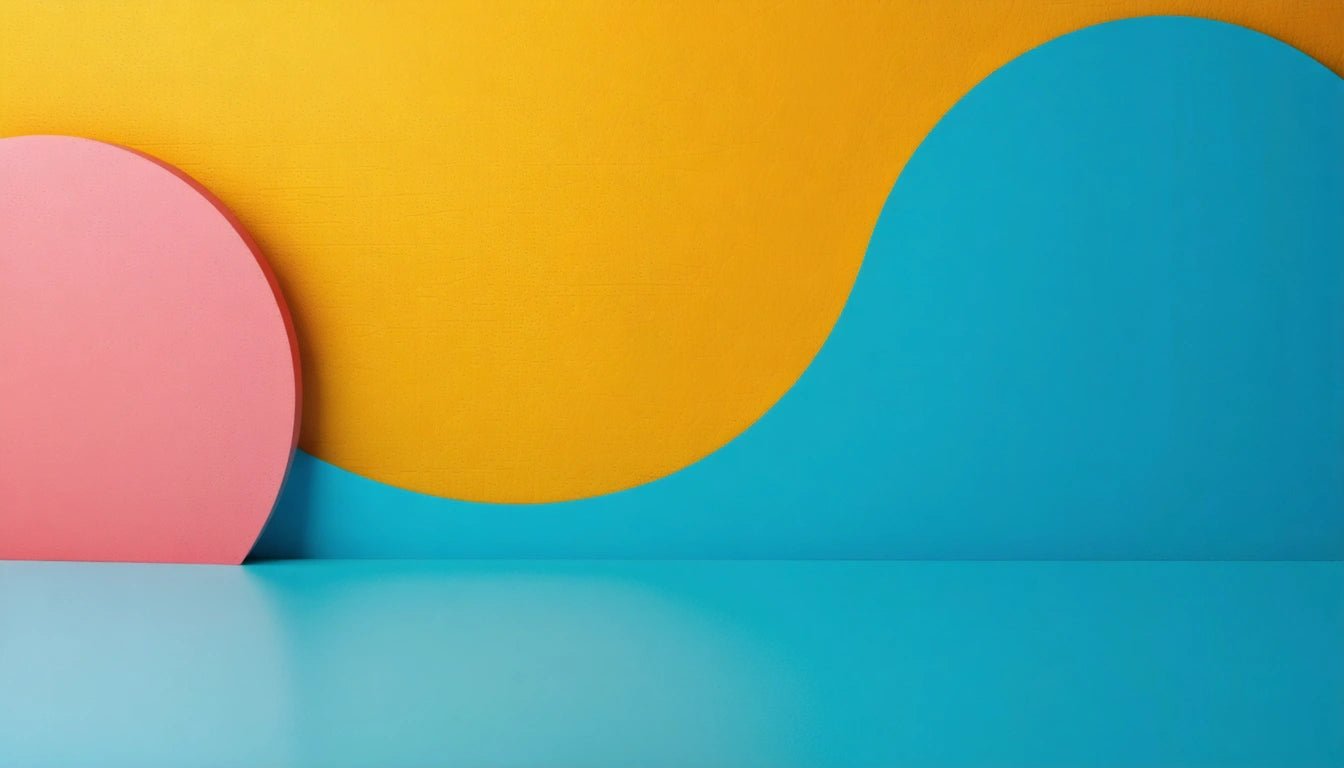Table of Contents
- Color Theory Basics: Understanding Complementary Relationships
- Classic Color Combinations That Stand the Test of Time
- The Color Wheel Guide to Finding Perfect Pairs
- The Psychology of Color Pairings: Emotional Responses
- Industry Applications: How Different Sectors Use Color Pairs
- Practical Implementation: Applying Color Pairs in Your Projects
The Perfect Pair: Discovering Colors That Complement Each Other
Finding colors that complement each other is both an art and a science. Whether you're designing packaging, creating marketing materials, or planning a space, understanding what colors go well together can elevate your project from ordinary to extraordinary. The right color combinations create visual harmony, convey specific emotions, and strengthen brand recognition.
Color Theory Basics: Understanding Complementary Relationships
At its core, color theory explains how humans perceive color and how different colors interact with each other. When asking what colors complement each other, it's helpful to understand a few fundamental relationships:
Complementary Colors
These are colors positioned opposite each other on the color wheel. They create maximum contrast and vibrance when used together:
- Red and Green
- Blue and Orange
- Yellow and Purple
Analogous Colors
These are colors that sit next to each other on the color wheel. They create harmonious, comfortable combinations:
- Blue, Blue-Green, and Green
- Red, Red-Orange, and Orange
- Yellow, Yellow-Green, and Green
Classic Color Combinations That Stand the Test of Time
Some color pairings have proven their effectiveness across decades of design. When wondering what two colors look good together, these classic combinations offer reliable starting points:
Black and White
The ultimate high-contrast pair creates clarity and sophistication. This timeless combination works across virtually all industries and applications, from protective packaging solutions to high-end fashion.
Navy and Gold
This rich, luxurious pairing conveys trust, stability, and premium quality. It's particularly effective for financial services, luxury products, and educational institutions.
Green and White
Evoking freshness, cleanliness, and natural qualities, this combination works beautifully for health, wellness, and environmentally conscious brands.
Highlight: The most successful color combinations balance contrast with harmony, creating visual interest while maintaining readability and aesthetic appeal.
The Color Wheel Guide to Finding Perfect Pairs
The color wheel is your best tool when determining what colors go best together. Here's how to use it effectively:
Monochromatic Schemes
Using different shades, tints, and tones of a single color creates a sophisticated, cohesive look. For example, pairing light blue with navy creates depth while maintaining harmony.
Split-Complementary Schemes
This approach uses one color plus the two colors adjacent to its complement. For instance, pairing blue with yellow-orange and red-orange offers vibrance with slightly less tension than pure complementary pairs.
For more complex color relationships, exploring perfect trios can expand your design possibilities beyond simple pairs.
The Psychology of Color Pairings: Emotional Responses
When choosing what two colors go well together, consider the emotional impact of your selection:
Energetic Combinations
Red and Yellow: Creates excitement, urgency, and energy. Commonly used in fast food and retail sales.
Calming Combinations
Blue and Green: Evokes tranquility, nature, and balance. Effective for healthcare, spas, and environmental organizations.
Trust-Building Combinations
Blue and Gray: Communicates professionalism, reliability, and security. Popular in banking, technology, and corporate settings.
Understanding these psychological effects helps ensure your color choices align with your communication goals. For a deeper exploration of color psychology, this guide on color symbolism offers valuable insights.
Industry Applications: How Different Sectors Use Color Pairs
Different industries leverage specific color combinations to communicate effectively with their target audiences:
Retail and Consumer Products
High-contrast combinations like red and white or black and yellow capture attention on shelves. Many brands also explore what matches well with yellow for its attention-grabbing properties.
Technology and Digital Products
Blue and white dominate this sector, conveying trust, innovation, and clarity. Secondary accents often include bright colors like orange or green to highlight calls to action.
Food and Beverage
Colors that stimulate appetite, like red and yellow or green and brown, are common. Natural food brands often opt for green and earth tones to emphasize organic qualities.
Practical Implementation: Applying Color Pairs in Your Projects
Translating color theory into practice requires attention to several factors:
Proportion and Balance
The 60-30-10 rule suggests using:
- 60% dominant color (often a neutral)
- 30% secondary color
- 10% accent color
Context and Medium Considerations
Colors behave differently across various mediums. What looks harmonious on screen might appear differently in print or on physical products. Always test your color combinations in their intended environment.
For comprehensive resources on creating effective color schemes, this guide to color combinations and palettes offers practical examples and professional tips.
Accessibility and Inclusivity
When selecting colors that look best together, consider color blindness and visual impairments. Ensure sufficient contrast for readability and include alternative visual cues beyond color when conveying important information.
Finding the perfect color pairs doesn't need to be overwhelming. Start with established color relationships from the color wheel, consider your audience and industry context, and test your combinations in real-world applications. With practice and attention to these principles, you'll develop an intuitive sense for what colors complement each other in any design scenario.



















